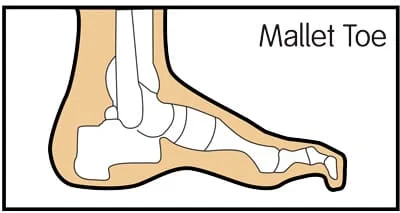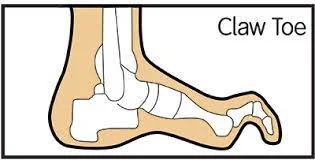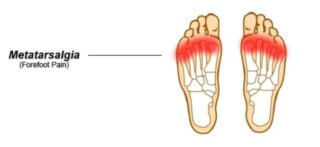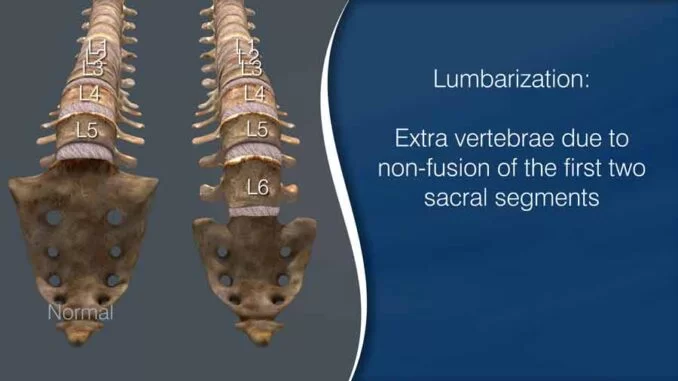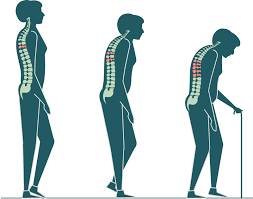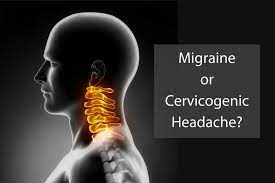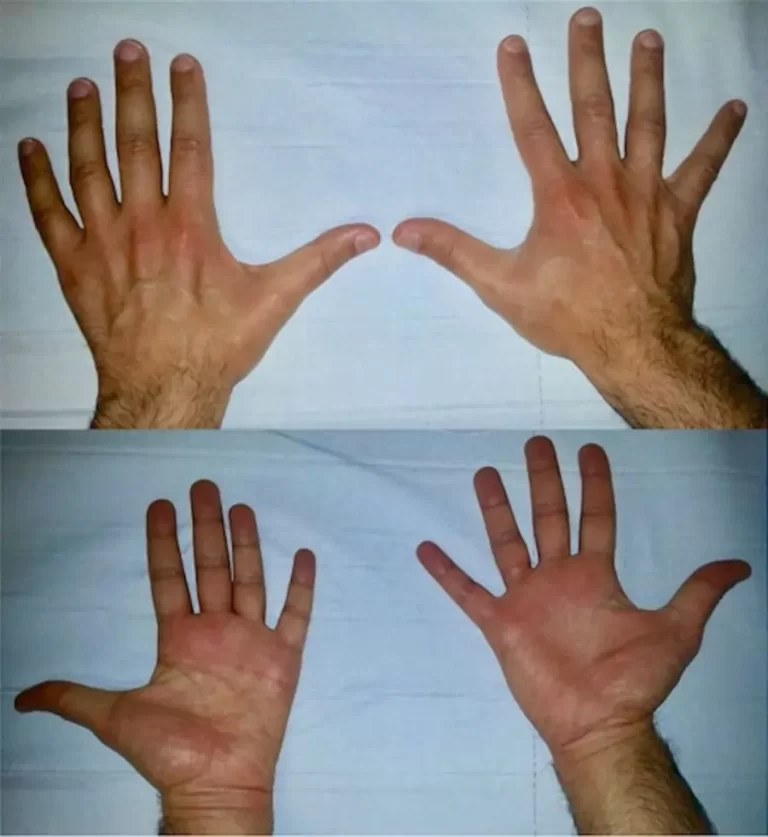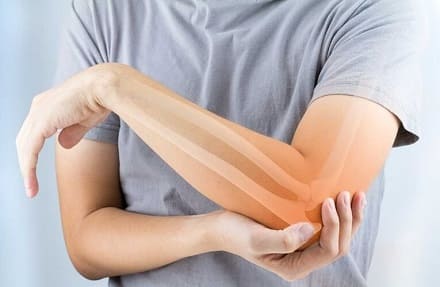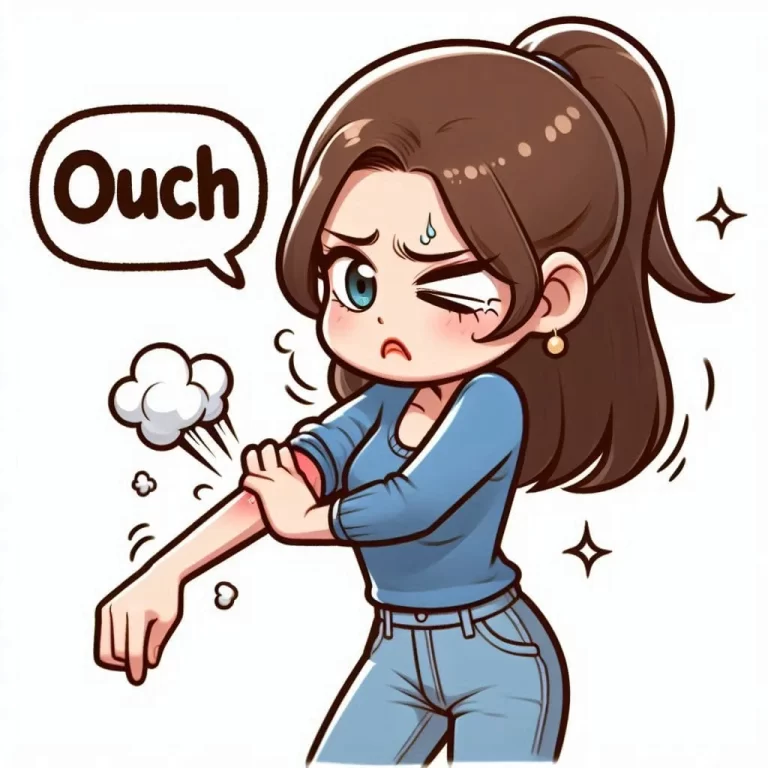CALF MUSCLE TIGHTNESS AND PHYSIOTHERAPY TREATMENT
Calf muscle tightness is also known us TIGHT CALVES. Introduction: Anatomy of Calf Muscles : Gastrocnemius : Soleus : Function: Which are the Causes of Calf muscle tightness? Overuse of these muscles : Cramps : Muscle Strains : Peripheral vascular disease (PVD) : Deep vein thrombosis (DVT) : Equinus, or limited range of motion in…


